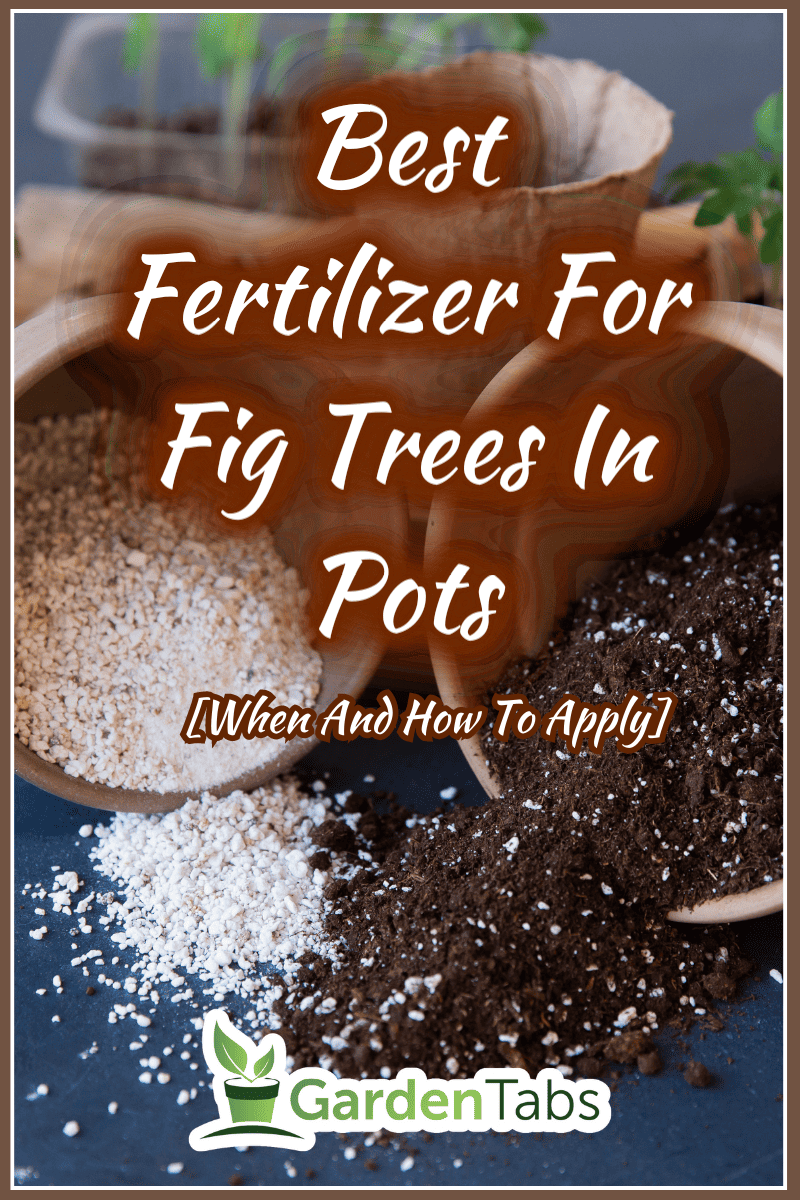Fig trees can thrive when you provide the right amount of sunlight, water, and nutrients. Nutrients come from the right soil, and fertilizers replenish lost nutrients. Applying the right fertilizer will provide the well-balanced nutrients that the plants need. If you are looking for the right fertilizer for your potted fig trees, we will help you with that.
Choose a fertilizer with trace minerals, the proper pH levels, and other essential nutrients that can support the growth of your fig tree. The best fertilizer for fig trees we recommend is EarthPods Fig Tree Fertilizer Capsules which enhance leaf vibrance, stimulate root growth, and build disease resistance.
Are you looking for other fertilizers? Do you need soil mixed with fertilizers for repotting? We have gathered all the information you need for your potted fig trees.
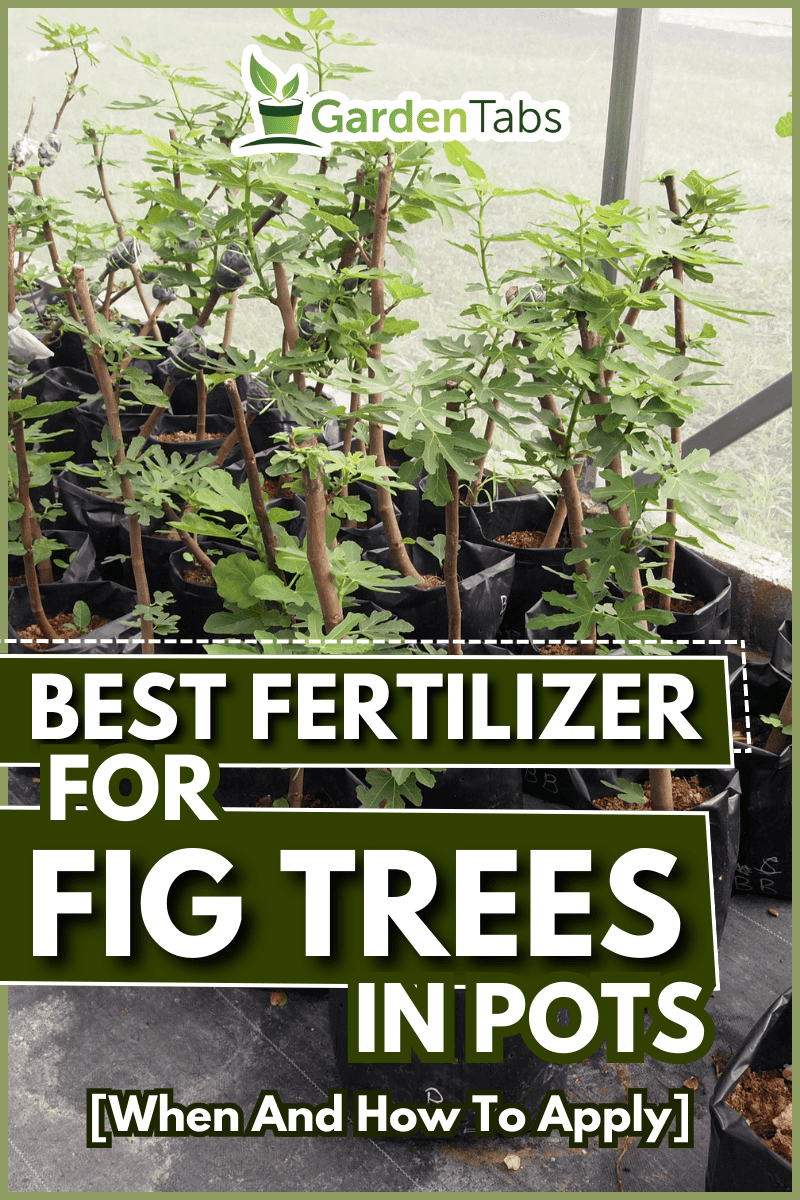
What is The Best Fertilizer For Fig Trees In Pots?
The best choice for fig trees in pots is a mixture of manure, compost, and aged leaves. You may choose an organic product with trace minerals, soil life, nutrients, and humates that will stimulate your plant's root growth, development of stem and leaves, and improve color vibrance.
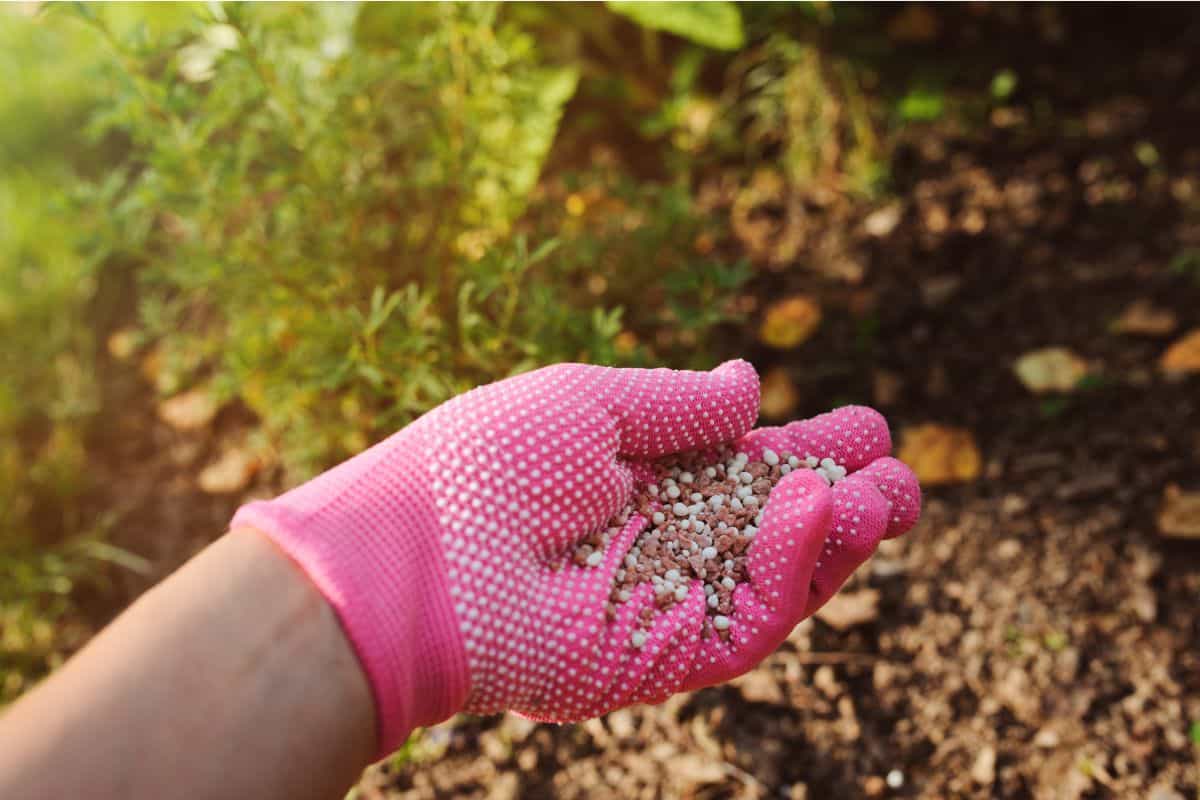
Applying these considerations, the best fertilizer for fig trees in pots would be the EarthPods Ficus Fiddle Leaf Fig Tree Fertilizer Capsules. This product enhances leaf color, reduces repotting shock, stimulates root development, and does help build resistance to diseases. You can apply it to indoor and outdoor plants everywhere in your house. This fertilizer can be used in orchids, tomatoes, flowers, and other ficus trees.
When To Apply:
You can apply this fertilizer every 14 to 21 days.
How To Apply:
- Push capsules directly into the soil to slowly feed the plant.
- You can throw the fertilizer capsules into your compost pile.
Another way to use EarthPods Fertilizer is to dissolve 1 to 2 capsules in lukewarm water in the vase, stir, and add your cut flowers to keep the bouquets fresh and healthy.
Plant Sizes:
- Small - 1 to 2 Capsules
- Medium - 2 to 4 Capsules
- Large - 4 to 8 Capsules


Click here to check Fertilizer Capsules on Amazon.
Other Fertilizers For Potted Fig Trees
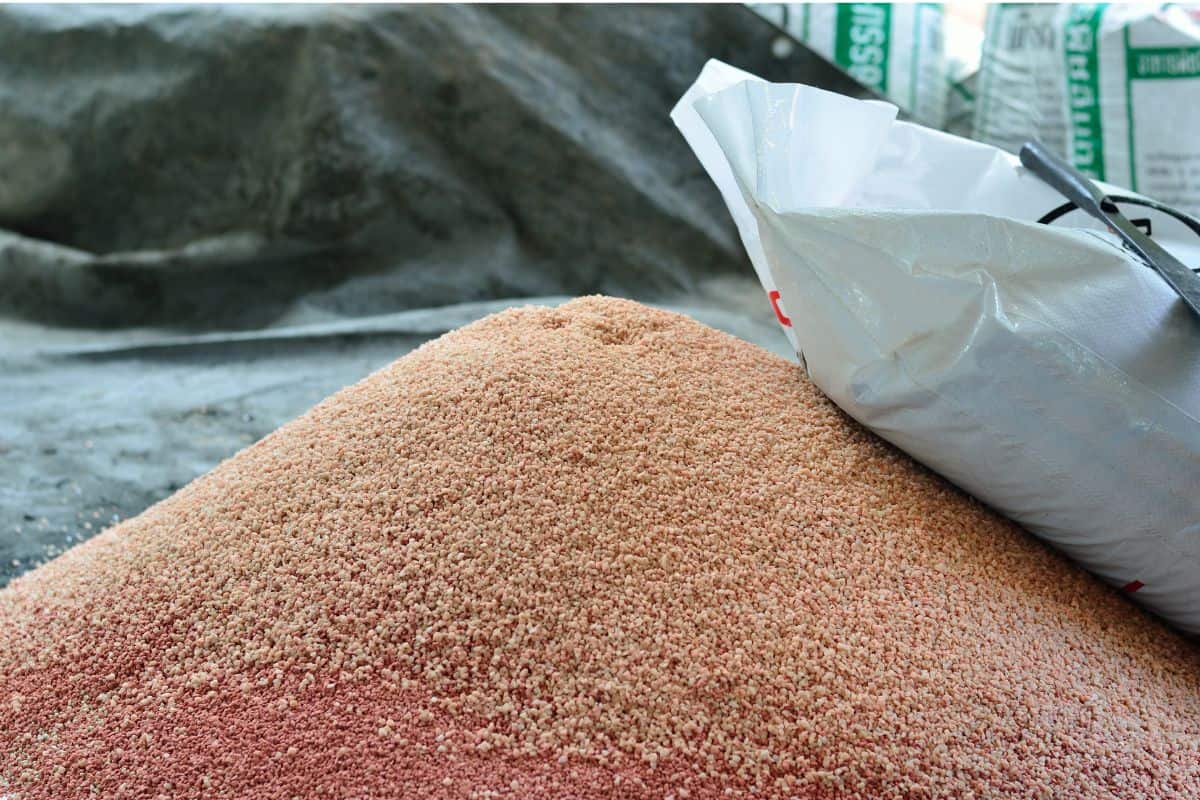
Each soil has different nutrient needs, depending on the soil type you use for your plants. We listed other suggested fertilizers that are ideal for potted fig trees:
Fiddle Leaf Fig Slow-Release Fertilizer by Perfect Plants
Slow-Release Fertilizer promotes glossy, colorful, and stable leaves. This fertilizer has a slow-release formula of essential nutrients, and you only need to apply it once for 6 months.
Fiddle Leaf Fig Tree Fertilizer by Aquatic Arts
This fertilizer contains micronutrients to hinder brown spots on leaves and stimulate healthy growth. The Leaf Fig Tree Fertilizer has NPK 3-1-2 ratio, which is ideal for ficus trees.
To use, dilute 2 cups of water and one teaspoon of liquid fertilizer. Eight ounces of the mixture will last from six months to one year per tree.
Fiddle Leaf Fig Tree Plant Food
This Fig Tree Plant Food has essential nutrients that stimulate plant growth, strengthen its root structure, and improve plant health.
This product is a better alternative to liquid fertilizer that causes excessive watering. One application can last up to 6 months. Refer to the packaging for directions on how to use it.
What Is The Best Soil For Potted Fig Trees?
We listed the best soil mix products for potted fig trees.
Fiddle Leaf Fig Potting Mix
100% natural blend for Fiddle Leaf Fig Tree; no chemicals added. This fertilizer is best used for repotting or planting fig trees. Known benefits of this potting mix include water and nutrient retention, pH balance, and excellent soil drainage.
Fiddle Leaf Fig Soil by Perfect Plants
Your fig tree will benefit from the product's all-purpose mix with Coconut Coir which retains water and drains excessive moisture from the roots. The soil has Fiddle Leaf Fig Food Fertilizer to nourish green foliage and increase flushing.
Fiddle Leaf Fig House Plant Soil Premium
This House Plant Soil provides optimum drainage and a nourishing environment for your fig tree to thrive. The soil has been premixed, so you can readily use it anytime. This product is suitable for all fig tree varieties.
Premium Fiddle Leaf Fig Tree Potting Soil
Your fig tree plant could have increased absorption of phosphorus, nitrogen, and several nutrients to aid the plant's development. This soil mix helps prevent root rot, brown spots, and dropping of leaves.
Miracle-Gro Houseplant Potting Mix
This potting soil mix has perlite, peat moss, and sphagnum, which makes it less prone to gnats. The soil mix is ideal for indoor plants.
Which Fig Tree Variety Can Grow In Pots?
In growing a fig tree in a pot, you need to choose which variety of fig trees could thrive for containers. Listed here is the variegation you can choose:
Brown Turkey
This fig tree is a small cultivar with medium-sized fruits and suits best in containers.
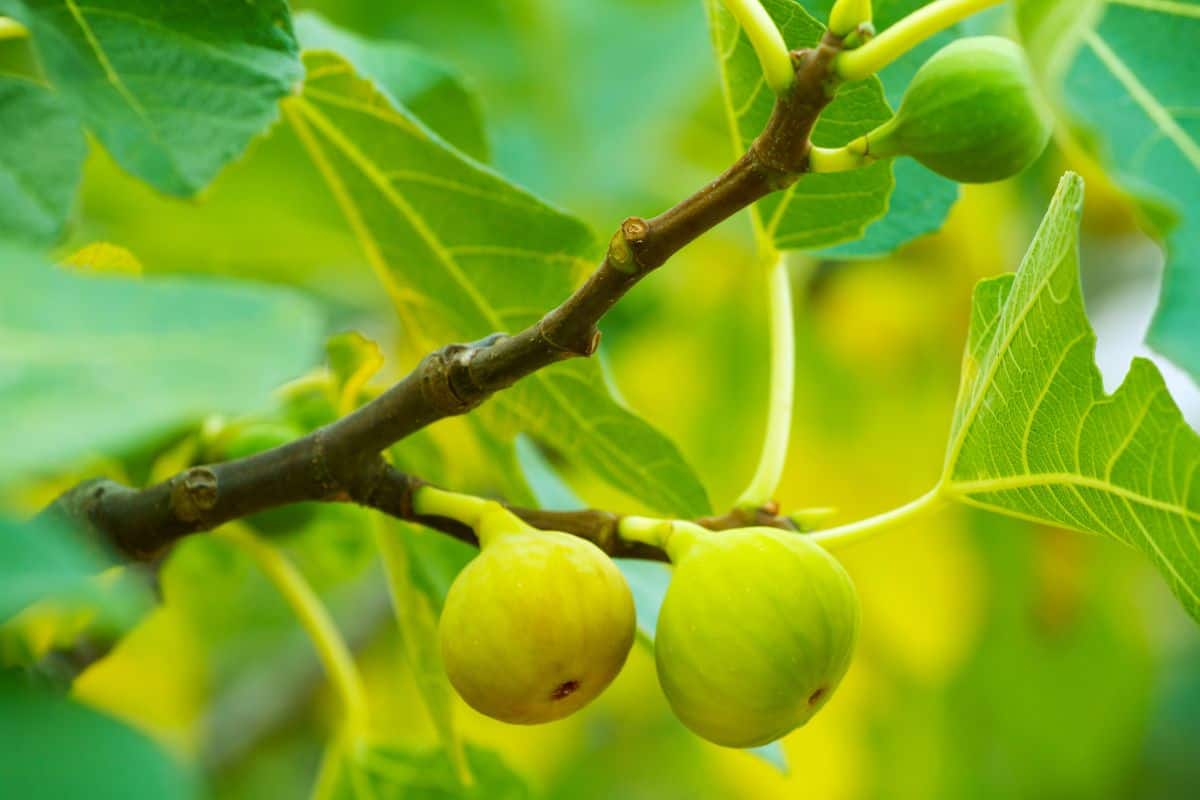
Celeste
This fig tree variety has light purple-brown skinned fruits with vibrant pink flesh.
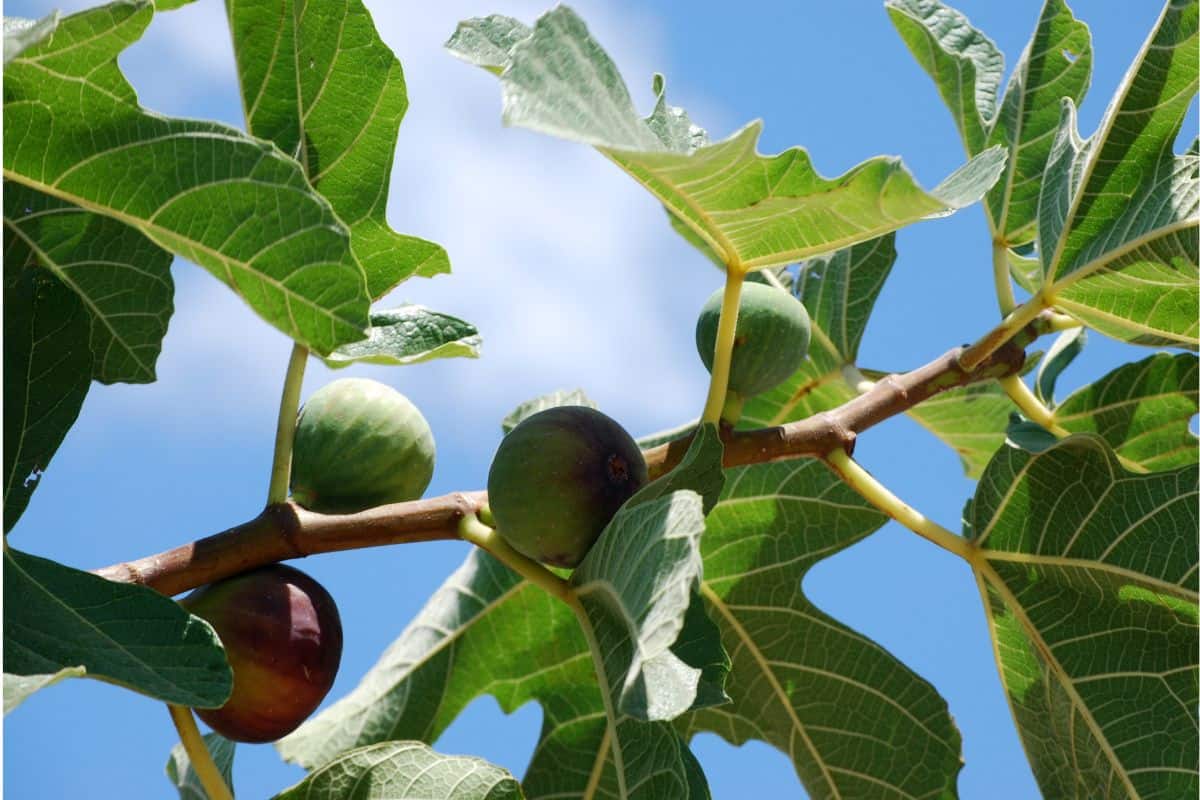
Verte
This variety of giant figs ripen late in the season and thrive in cold temperatures. Strawberry Verte fruit is in the photo below.

Chicago
This one is cold-tolerant and suitable in containers.
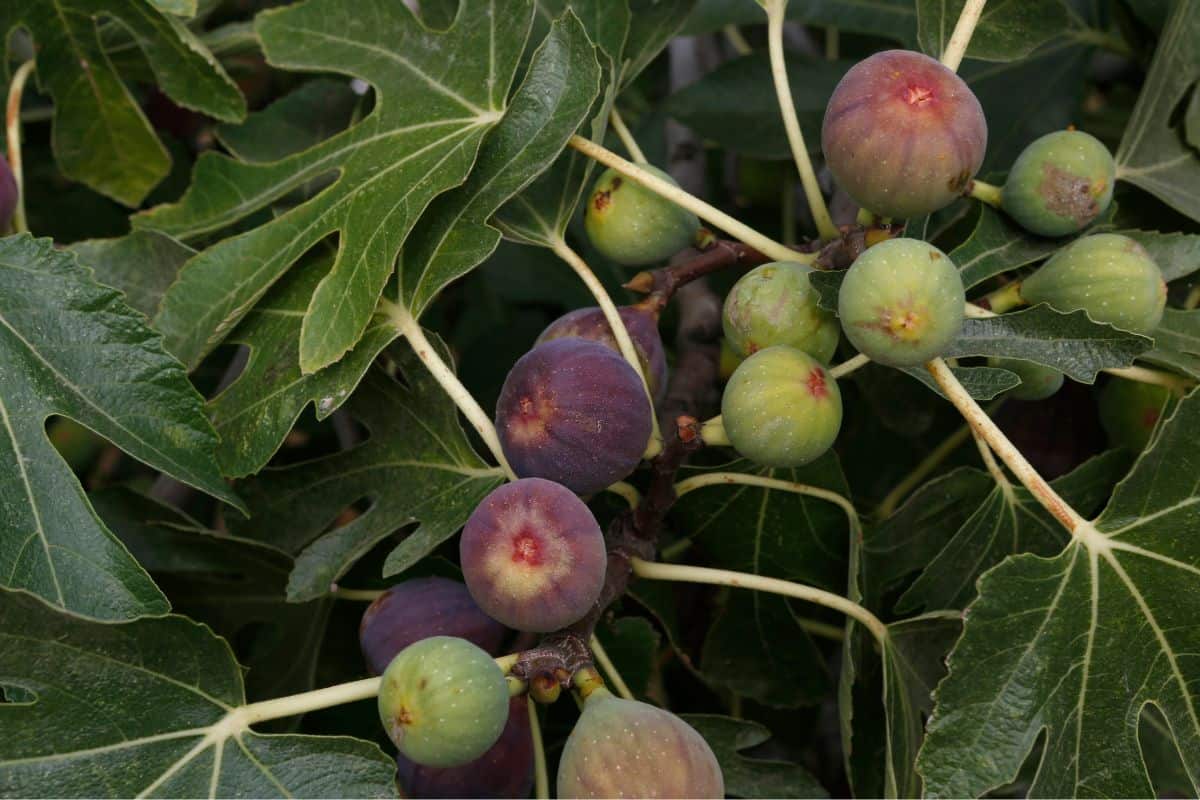
Blanche
This fig tree produces medium-sized fruits and grows slower with a thick canopy. Blanche d'Argenteuil is one of the varieties of Blanche Fig Trees.
When To Propagate Potted Fig Tree
The ideal season to propagate a fig tree is during the springtime when it is drought-resistant, though it still needs adequate water to survive.
Fig trees need a lot of sunlight, and the right amount of water, and do not need dormancy during winter. Fig tree loves the sun, but can also thrive in partial shade. This plant requires well-drained, moist soil and pH levels ranging between 6.5 to 7.0.
How To Revive Dying Potted Fig Tree
Fig trees die due to poor nutrients, improper watering, transplanting shock, or climate conditions. A dying fig tree would usually exhibit the following:
- Curling or drooping leaves is a sign of underwatering.
- Brown appears in the middle of the leaves is a also sign of a lack of watering and too much sunlight.
- Yellow leaves and stunted growth are caused by excessive sunlight exposure and nutrient deficiency.
- Holes mean there are pest infestations.
- Brown spots on fruits or leaves mean excessive sunlight exposure.
- Dropping fruits or leaves due to lack of water.
To revive a dying fig tree, here are the things to do:
- Identify the cause of problems. Check for pests, soil status, and root conditions.
- Adjust the amount of water and schedule the watering appropriately. Overwatering may lead to root suffocation.
- Use proper fertilizer and follow the manufacturer's directions.
- Transplanting could help your fig tree thrive in a better environment. Use a transplanting fertilizer and water thoroughly to support the roots.
- Consult a professional if needed.
Can You Bonsai A Fig Tree?
Fig trees can be beautiful, fast-growing bonsai. The tree grows into a thick, compact bush. You can select from bonsai ficus varieties like dwarf ficus, weeping ficus, or narrow-leaf ficus.
How To Bonsai A Fig Tree
Here is the procedure on how to make a bonsai fig tree:
Location
A bonsai fig tree is an indoor bonsai but loves sunlight and hates shaded areas. This plant can also grow outdoor at 15 to 17 degrees Celsius temperature. You need to pick a spot with good airflow and direct sunlight.
Watering
Watering the bonsai fig tree is easy to handle. Since this plant is heat-tolerant, it only needs minimal watering. Daily misting is advisable to maintain humidity.
Feeding
Feeding fertilizers with essential nutrients to bonsai fig is needed to thrive. Apply fertilizer twice in winter and twice in the summertime, or follow the directions of the manufacturer.
Pruning
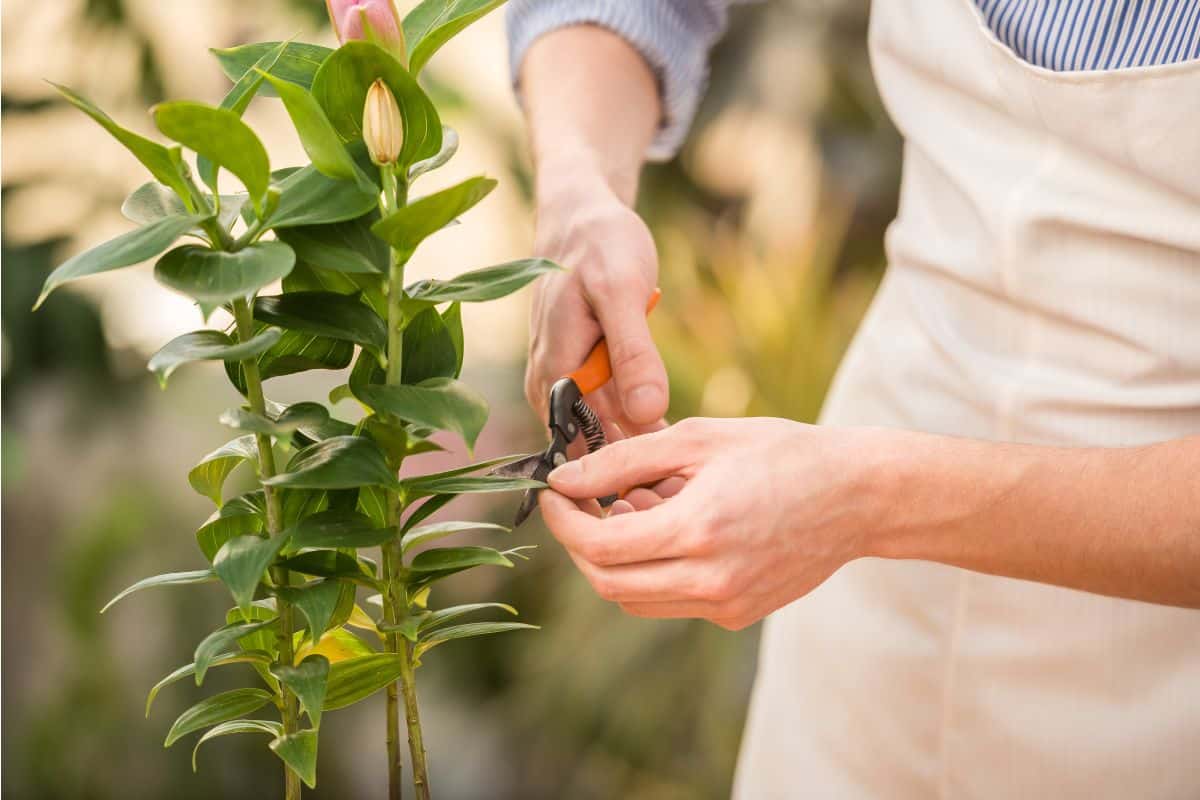
Pruning is advisable to shape your plant into a beautiful bonsai tree. Pruning is essential, especially for fig trees with long leaves.
Repotting
Picking the correct soil for your bonsai tree makes a difference. Use ordinary garden soil in the spring, and potting mix the rest of the year. Do the cuttings and propagation during summer.
Summary
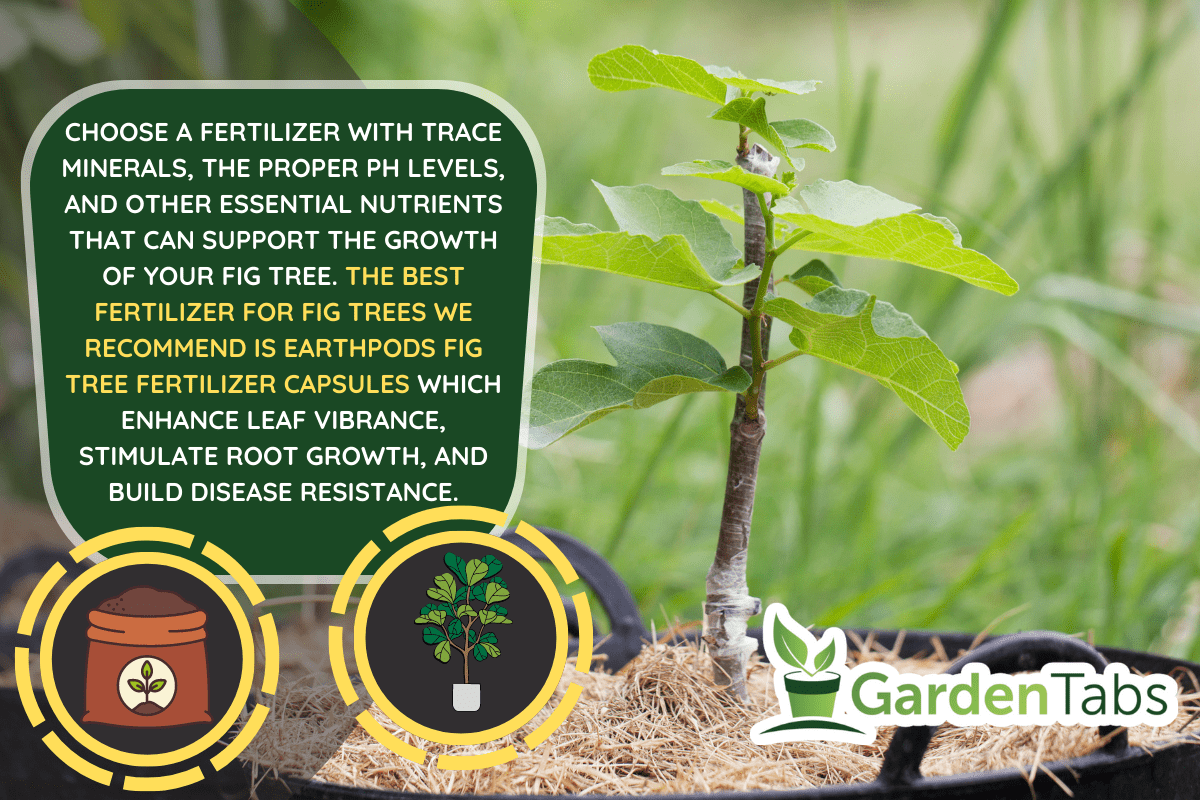
Fertilizers help build solid roots and stems and provide lush foliage to your potted fig tree. Choosing the correct fertilizer will help your plant replenish the lost nutrients to recover from drought, disease, and dying.
If you want to know more about potted fig trees, you may read through these posts:
Fig Bush vs Fig Tree: How To Grow Your Fig


